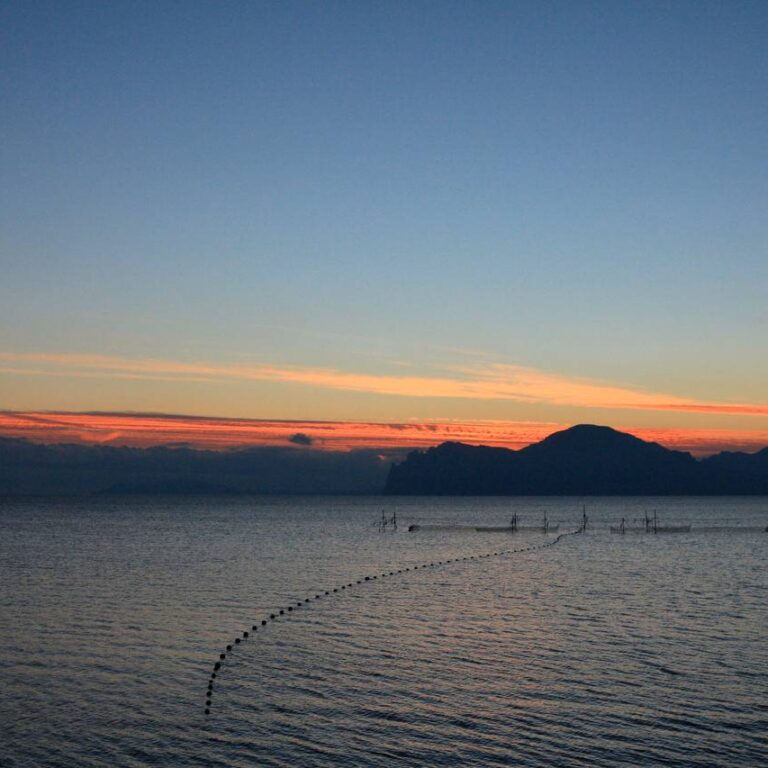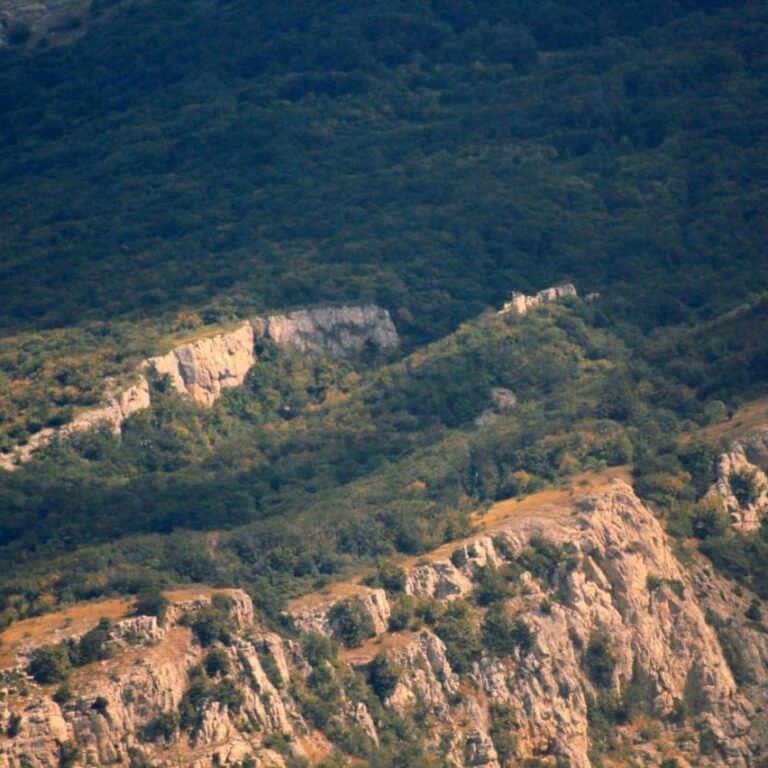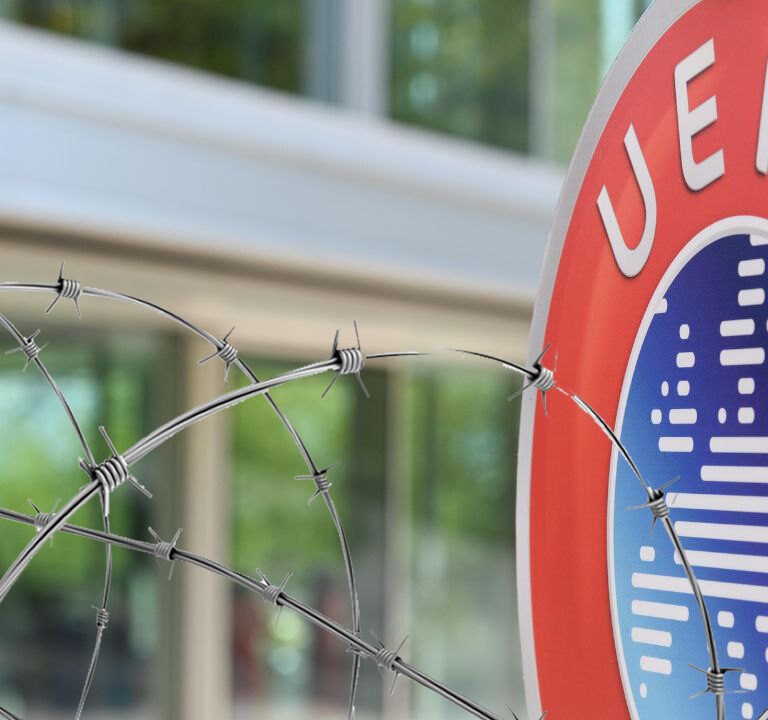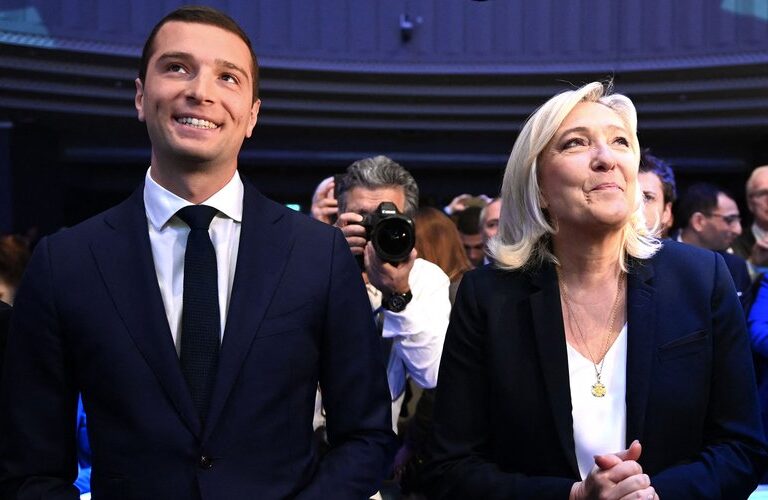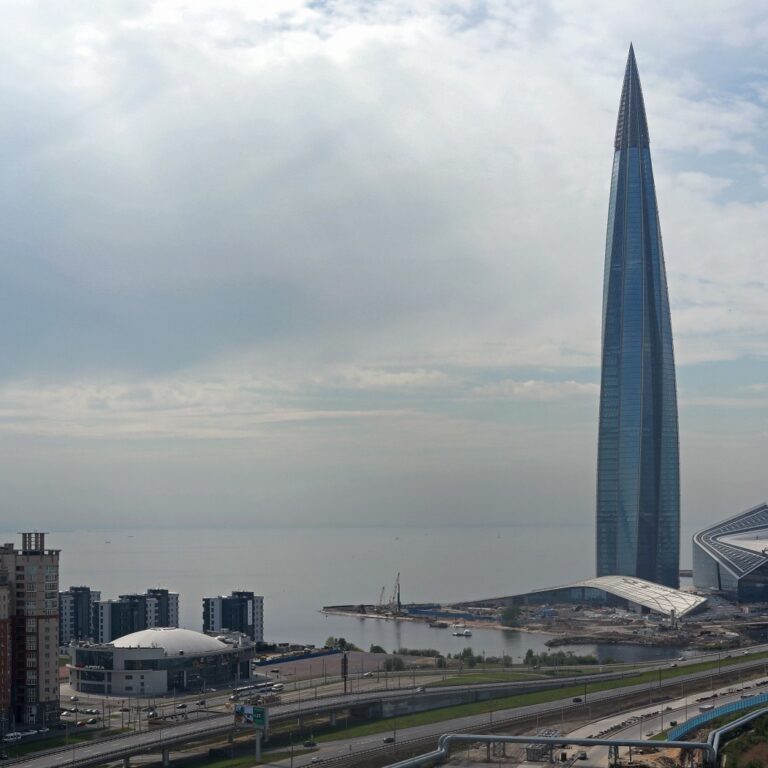On the morning of June 21, a message appeared on social networks that the night before in the South Bay of occupied Sevastopol, the floating dock “PD-19”, controlled by the “ship repair plant” “Persey” (“Perseus”), sank, allegedly along with the pilot boat located in the dock.
It is noteworthy that the occupiers’ propaganda, usually violently “refuting” any incidents in the captured city and fabricating any, the most implausible, but “optimistic” versions of what happened, this time reacted rather phlegmatically to the situation and did not refute a truly extraordinary event, vaguely mentioning on “dilapidated design”.
ARC expert Professor Boris Babin dealt with the situation.
Let us add that earlier, on February 22 of this year, the criminal “governor” of Sevastopol Mikhail Razvozhaev stated that allegedly “a floating dock caught fire in the South Bay at the private shipyard “Persey”, and that “fire brigades are already in place, the fire is localized, but the smoke is strong”.
Thus, now, obviously, what was not bothered to burn before, was drowned later.
If you delve deeper into the history of the Sevastopol incidents, you can find another story, from December 2019, when another floating dock from the “Persey” sank, allegedly “decommissioned”, but at the same time, along with “the submarine B- 380”, which was subsequently allegedly sent to the metal.
There is no information, what kind of pilot boat has now gone to the bottom along with the dock – but the “Persey” website indicates that since the winter of 2022, the Sevastopol passenger boats “Raduga-9” and “Uran”, as well as a pleasure boats “Eol”, have been “repaired” in it.
Thus, “Persey”, among other things, is obviously “on a short footing” with the criminal “administration” of Sevastopol, in which the infamous Kerch collaborator and swindler Pavel Ieno “responses” for the issues of the boats and ferries stolen in 2014, including the scams with their repairs, described earlier.
In this situation, the “streak of failure” on the “Persey” and its demonstrative disregard by the occupiers are interesting, and the answers to these questions can most likely be obtained by analyzing the personalities of the beneficiaries of the “ship repair plant”.
Regarding information from open sources, “Persey”, in addition to docking, is engaged in “minor repairs”, as well as “lease the water area for the laying of ships” and it is engaged in “repair at the request of the registers”, that is, frankly speaking, a form of trade in the relevant pieces of paper through the aggressor’s registers.
And if we return to the mentioned submarine “B-380”, then the history of the repair of this “veteran of the Black Sea Fleet”, located “at the wall” since 1992 and which Ukraine abandoned in 1996 due to decrepitude, is quite typical.
The “repair” of the “B-380” was supposed to be carried out according to the “tender” of the aggressor’s Ministry of Defense dated April 19, 2016 for 16.87 million rubles, which was won by the “Askona” Metal Processing Plant” from Severodvinsk, beating the “compatriots”, namely, “Scientific-Research Design and Technology Bureau “Onega”.
It is difficult to understand from open sources how “Persey” then got into this “contract”, but it is impossible not to mention the prison term of three years, which the director of “Askona” received in March 2023 “for embezzling more than 86 million rubles during the disposal of two ships withdrawn from the navy”.
The scheme here turned out to be simple – the “utilizer” sold the ships for scrap, and the proceeds were to be shared with the military of the aggressor, which he “forgot” to do.
Apparently, the “Persey” also became such a “gasket” for the long-suffering “B-380”, and after the flooding of the dock, the aggressor’s propaganda said that the submarine allegedly “surfaced on its own and lay down on the port side, resting its wheelhouse against the side of the floating dock”, after which, allegedly “and was cut into metal at Inkerman”.
But “Persey” did not shy away from earnings on the “completion”, for example, the long-suffering “Kometa-120M” about the misadventures of which we have already written, was also supposedly “finished” at this plant. Let us recall that the ship, built in 2017, has not been on the move for three years already and the “official version” is in “problems with the Chinese engine” delivered instead of the German one due to sanctions.
However, the reasons for the “misadventures” on the “Persey” can be very different, and in this context it is not at all surprising that on the Sevastopol classifieds sites, some private individuals sell “used” ship compressors, pressure gauges, pumps, hydraulic motors, and so on, and their contact email “completely by chance” matches one of the occupiers listed in the “registries” for “Persey”.
However, the analysis of other data about the “shipbuilding plant” according to “registers” is no less exciting.
This “company” was allegedly created by “merging” the “limited liability companies” “Fort Service” and “Polyson-Plus” located at the same address along Lazarevsky Spusk, and the same “SRZ Persey” was declared the “founder” of “Fort Service” “, and for “Polyzon-Plus” this role is played by the “Scientific and Production Association “Marine Technologies” (“NPO “Morskie Tekhnologii”).
At the same time, “Morskie Tekhnologii” and “Persey”, “liquidated” in 2020, not only have a common address and “identical contact numbers”, but also a common Moscow “director”, Konstantin Chibisov.
At the same time, Chibisov is still listed as the director of “NVO “Morski Tekhnologii”, registered in the Ukrainian register since 2012, and they also have him as a minority owner.
The main owner of this Ukrainian company is the offshore company “Advanced Marine Electronics Limited” with a registered address in the form of a mailbox 3469 in Road Town, British Virgin Islands, where probably hundreds of companies of a wide variety of beneficiaries are registered. And the same “Virginian founder” is listed in the “clone” of “Morskie Tekhnologii” in the occupiers’ registers.
It would seem that the real beneficiaries of “Morskie Tekhnologii” and “Persey” are “securely hidden” offshore, but here it is worth studying such a “founder” of “Persey” as Muscovite Pavel Panfilov, who was listed in this role until April 2023 and then replaced by the same “zits-chairman”, Sharifov Nizami Sabir Ogly, in whose name the companies in Astrakhan are registered.
Panfilov is also interesting not by himself, but by those companies in which he was previously listed as a founder, for example, the Moscow company “Shkolnik-UZ”, and also, subsequently, as a “minority” co-founder, the same Moscow company “Kombinat Detskogo Pitaniya” (“Baby Food Plant”), once registered in the aggressor’s capital at the same address on Yakornaya Street.
These firms, as well as the “Moskovskyy Shkolnik” (“Moscow Schoolboy”) listed there, were engaged in the supply of food to Moscow schools, and this market, for obvious reasons, was a fairly powerful source of income.
However, this “school trio” seven years ago became the subject of scandals in the Russian press related to cartel collusion, when in 2015, after a “sudden” change in procurement rules by municipalities, the entire multi-billion dollar food market for Moscow schoolchildren was divided among themselves by these three structures, as well as the “Concord” corporation, leaving dozens of competitors “overboard”.
The “Concord” catering plant began this “breakfast fight” in 2011, moving to the Moscow market from St. Petersburg, taking a loan of 1.3 billion rubles from “VEB” bank, and building a factory for the production of ready-made meals in Klenovo near Moscow.
However, until 2015, the struggle was clearly “not for life, but for death”, but after the redistribution of the market, Russian “investigators and experts” unanimously and clearly stated that the aforementioned “school trio” were just puppets of “Concord”. It would seem that the nutrition problems of Moscow schoolchildren and kickbacks on it in the current conditions are clearly not a priority research topic, if not for one small nuance.
The beneficiary of “Concord” is the well-known Yevgeny Prigozhin, the “talking head” of the “Wagner” terrorist group, and a bunch of Moscow “media” during the “school scandal” seven years ago directly called the aforementioned Panfilov as a puppet of Prigozhin, then not so well-known.
At the same time, let us recall that it was under the “brave foundation” of Panfilov that the Sevastopol “Persey” drowned its floating docks and set fires on them, and for a long time Panfilov “coexisted” in the “Persey” with its director Chibisov, “inherited” from the time before the occupation.
From the above, it obviously follows that it is the beneficiaries of the terrorist “Wagner” that simultaneously control “Persey”, and they “came” there even before the occupation of Crimea, since 2012. At the same time, it is obvious that their interest lies not only in kickbacks on the “repair of municipal boats” with Ieno or Razvozhaev, or in trading in “certificates”.
In fact, “Wagner”, under the guise of a “ship repair plant” in Sevastopol, has its own small port complex, which is extremely convenient for all kinds of subtle reloading of a variety of goods.
Let us recall that our Association has repeatedly reported on the role of the occupied Sevastopol in operations to supply “Wagner” in the countries of the Middle East and Africa. Well, why do the terrorists from the “Wagner” periodically “down” floating docks – this is a question for separate, additional studies.


